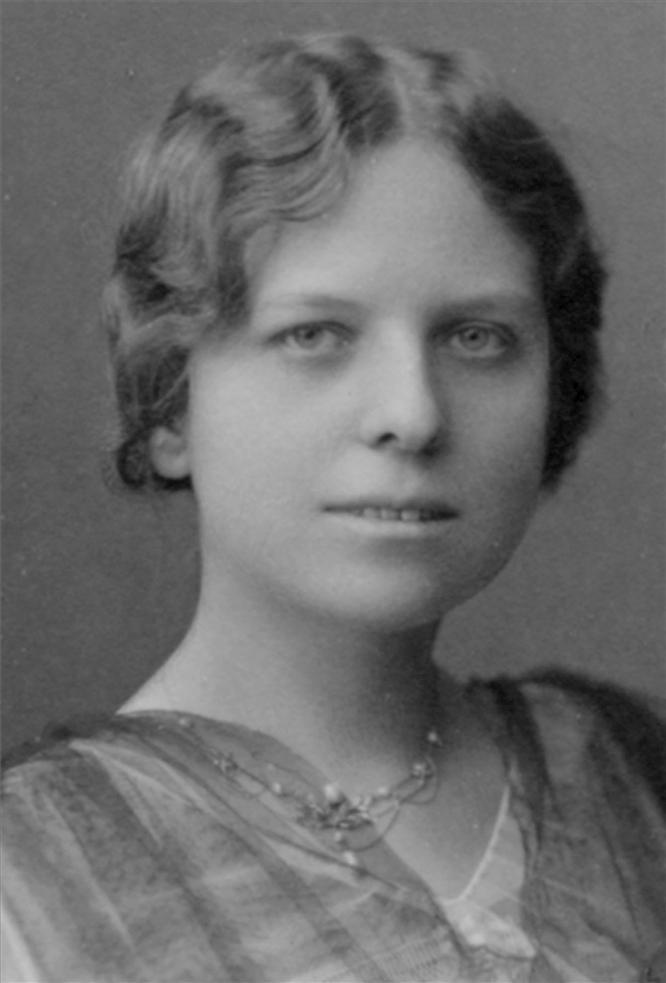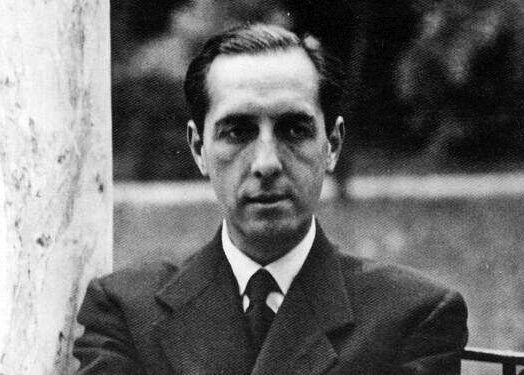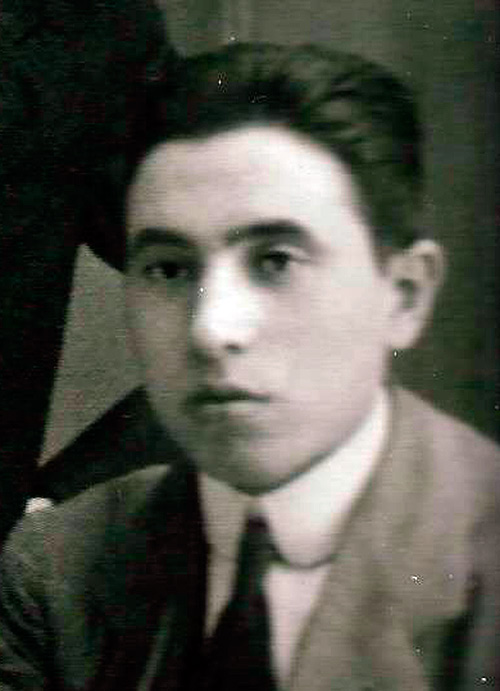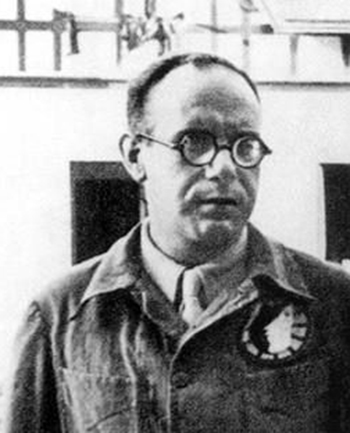Spanish writer and translator, wife of the poet and Nobel Prize winner Juan Ramón Jiménez whom she met at the Residencia de Estudiantes (Students’ Residence) in 1913 and married in 1916. Also at the Residencia she met Federico García Lorca, with whom the couple took a trip to Granada in the summer of 1924 which, decades later, already in exile, was transformed into the book Forgetfulness of Granada.
His family was well off. His grandfather was an American merchant and his grandmother belonged to a family of Corsicans settled in Puerto Rico. His father was Catalan, a civil engineer, who met his mother in Puerto Rico during a stay there for work reasons.
In 1924, she accompanied her husband, Juan Ramón Jiménez, to Granada. The poet, who went ahead of his wife, made the trip on the night train with Federico and Francisco García Lorca, who were coming from the Residencia de Estudiantes to spend their vacation in Granada.
As a writer she made her debut with a short story that appeared in a New York magazine in 1901. She also wrote a biographical attempt, Malgrat. In the early 1920s, the family underwent several moves and relocations. During the stay in Valencia, where he had to take charge of the family home, he published several literary works and won a prize. These were not, however, good times. In that same period her parents separated and she went to live in the United States where she enrolled at Columbia University. She returned to Spain with her father in 1909 and they settled in La Rábida, in Palos de la Frontera, Huelva, where she taught children.
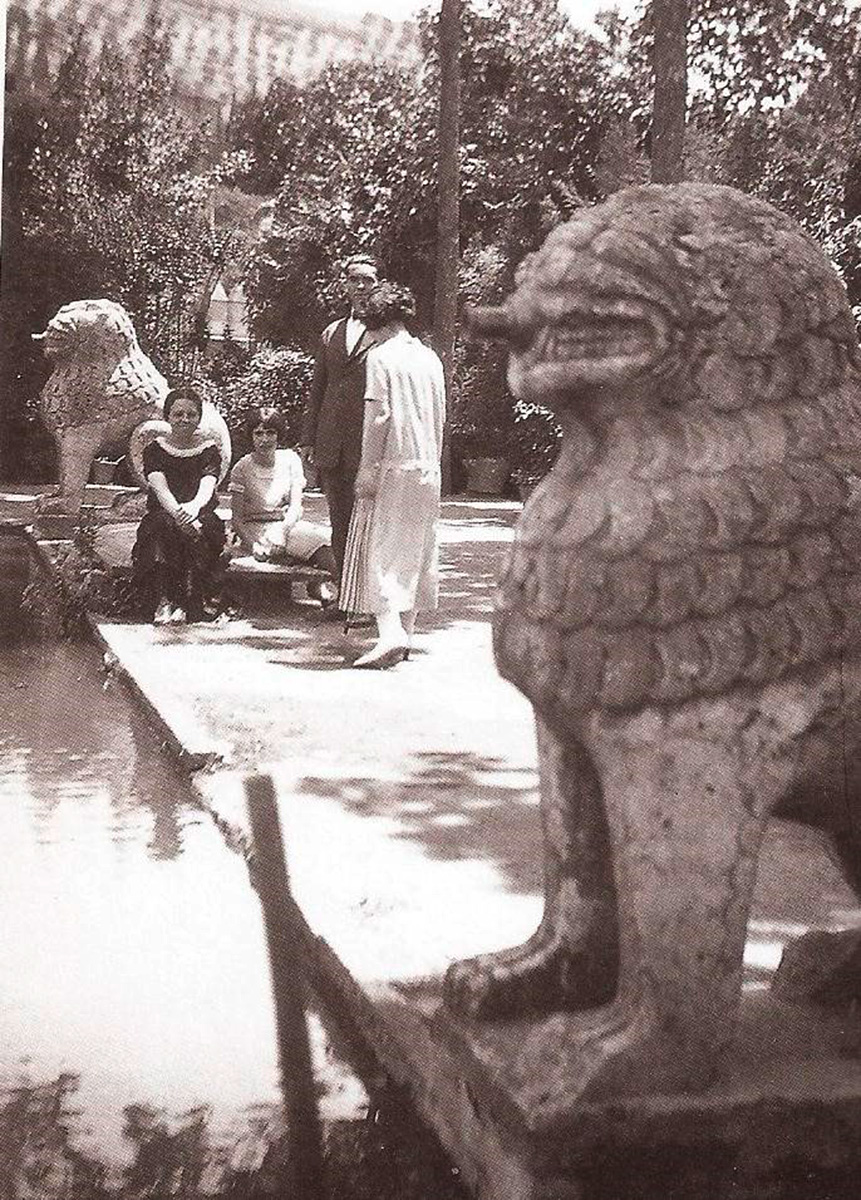
In 1913, he meets Juan Ramón in a conference by José María de Cossío organized by the Council for the Extension of Studies and Scientific Research. In 1914, they begin to collaborate on various projects. In 1916, he accompanies his mother to New York. Juan Ramón, disconcerted, follows in her wake. They married on February 12.
During the years of their life together, Zenobia continues to translate and publish her own texts and collaborates with Juan Ramón in the Spanish version of Rabindranath Tagore’s work. In Madrid, in 1918, she founds the association The Home Nurse together with other volunteers like María de Maeztu or Rafaela Ortega y Gasset. She also founded the Committee for the granting of scholarships to Spanish women abroad. In 1924, she accompanied her husband to Granada. The poet, who went ahead of his wife, made the trip on the night train with Federico and Francisco García Lorca, who were coming from the Residencia de Estudiantes to spend their vacation in Granada. The friendship was shaky and went through several crises almost from the beginning.
In 1926, Zenobia was appointed secretary of the Spanish Female Lyceum Club. During the Civil War she maintains her social commitment to the underprivileged by taking in war orphans. However, in view of the worsening political circumstances, the couple leaves Spain and begins an exile that was definitive. They traveled through Cuba, the United States, Buenos Aires and Puerto Rico. In view of Juan Ramón’s incapacity, Zenobia supported the family moneywise with translation work, articles, publications and conferences. In Puerto Rico she had a contract as a professor at the University. These were difficult years, during which Zenobia continued to attend to her work and to collaborate tirelessly with Juan Ramón. In 1951, she was operated on for cancer in Boston, a disease that was to reappear years later. She died in Puerto Rico on October 28, 1956, three days after Juan Ramón received the Nobel Prize.
